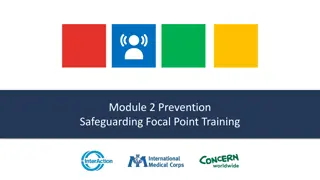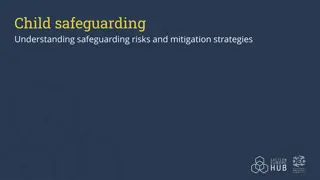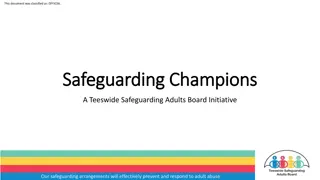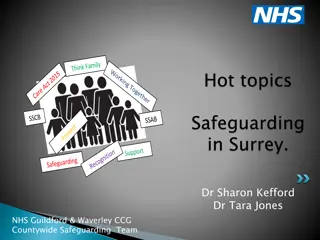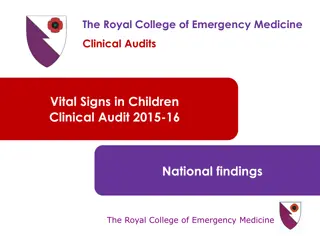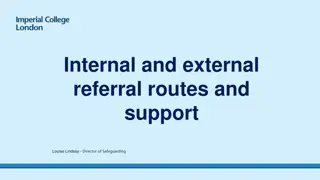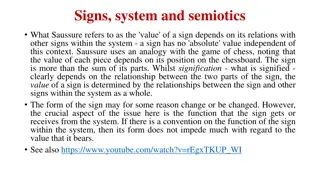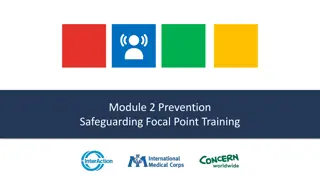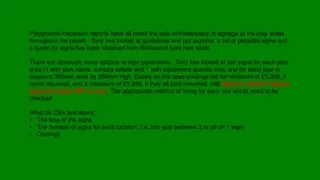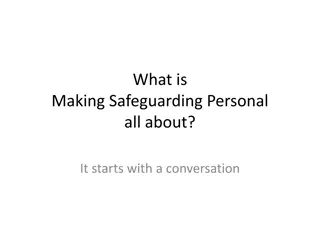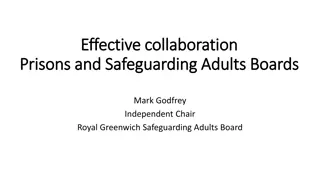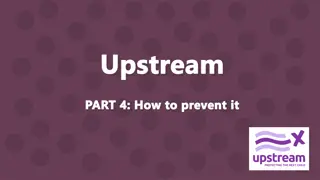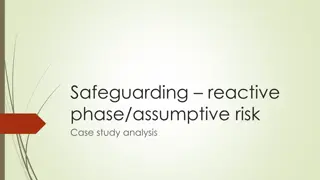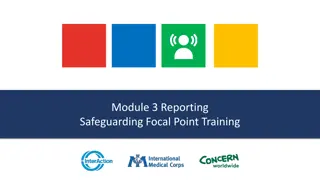Understanding Cuckooing: Risks, Signs, and Support in Modern Safeguarding Context
Cuckooing involves professional criminals targeting vulnerable adults' homes for drug dealing and criminal activities. This article delves into the types of cuckooing, who is at risk, signs to watch out for, and how to provide support in today's safeguarding landscape, highlighting the Care Act (2014) and the impact of COVID-19 on safeguarding practices.
Download Presentation

Please find below an Image/Link to download the presentation.
The content on the website is provided AS IS for your information and personal use only. It may not be sold, licensed, or shared on other websites without obtaining consent from the author. Download presentation by click this link. If you encounter any issues during the download, it is possible that the publisher has removed the file from their server.
E N D
Presentation Transcript
Cuckooing Cuckooing
What to Expect from What to Expect from Today Today Safeguarding in a modern context What Cuckooing is Types of Cuckooing Who is a risk Signs of Cuckooing How to support
Modern Context of Modern Context of Safeguarding Safeguarding The Care Act (2014) introduced a statutory framework for safeguarding s42 Different forms of abuse Covid changed the face of types of safeguarding we are now seeing Modern Context of safeguarding
Modern Context of Modern Context of Safeguarding Safeguarding 'I thought they were being kind': 'Cuckooing' victim reveals how drug dealers took over her flat Inside curse of 'cuckooing' - the horrific criminal trend seen in Line of Duty Cuckooing victims: They start as friends but end up as bullies Man shares story of terrifying cuckooing ordeal as drug dealer took over his Aberdeen flat
Cuckooing is Exploitation Cuckooing is Exploitation Cuckooing is when professional criminals target the homes of vulnerable adults so they can use the property for drug-dealing and other criminal activities.
Cuckooing Types Cuckooing Types Using the property to deal, store or take drugs or weapons Using the property for sex work Taking over the property as place for them to live Using the property to manage the workforce of drug runners and to carry out acts of violence Taking over the property to financially abuse the tenant
Cuckooing who is at risk Cuckooing who is at risk Drug / alcohol dependent Learning difficulties Mental Health issues Physical disabilities Socially Isolated Poverty Debt Bondage
Cuckooing how is starts Cuckooing how is starts Giving gifts or paying bills. Offering friendship. Offering sex. Offering drugs in exchange for use of the person s home. Friendship
Cuckooing signs Cuckooing signs Concerns that the inhabitant of the property has not been seen for a while; they may feel too afraid to leave the house or may have been prevented from doing so by the drug gang. Disengagement by the inhabitant of the property with support services / healthcare services. They have changed their appearance, either wearing expensive clothing or appearing unkempt Being withdrawn on edge
How to support How to support Speak to the person in a safe environment / MSP Raise a safeguarding concern Role of Police Role of Housing


